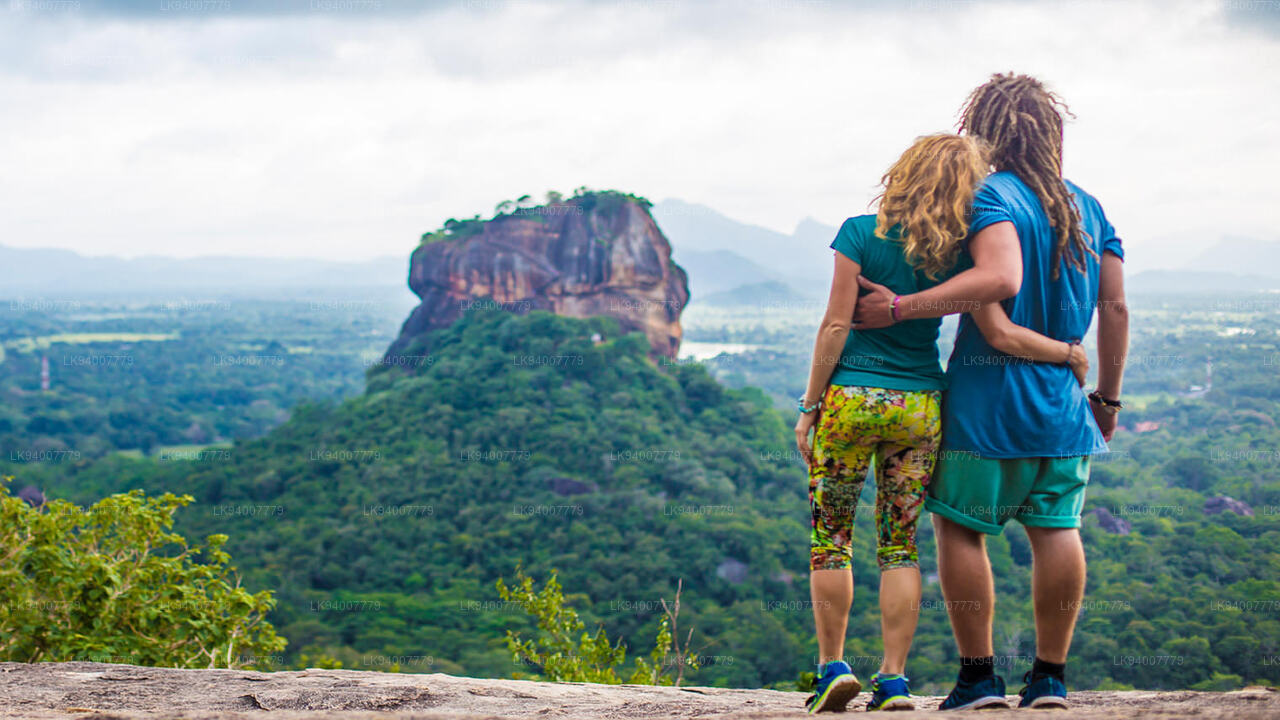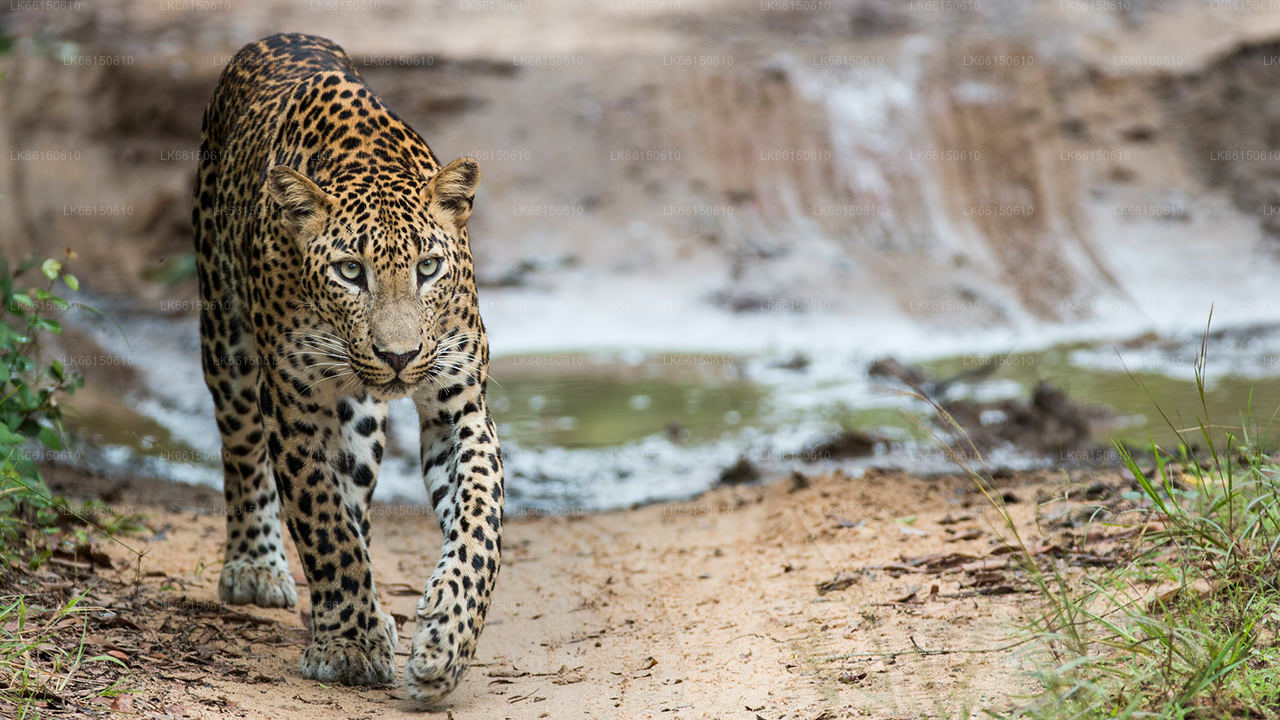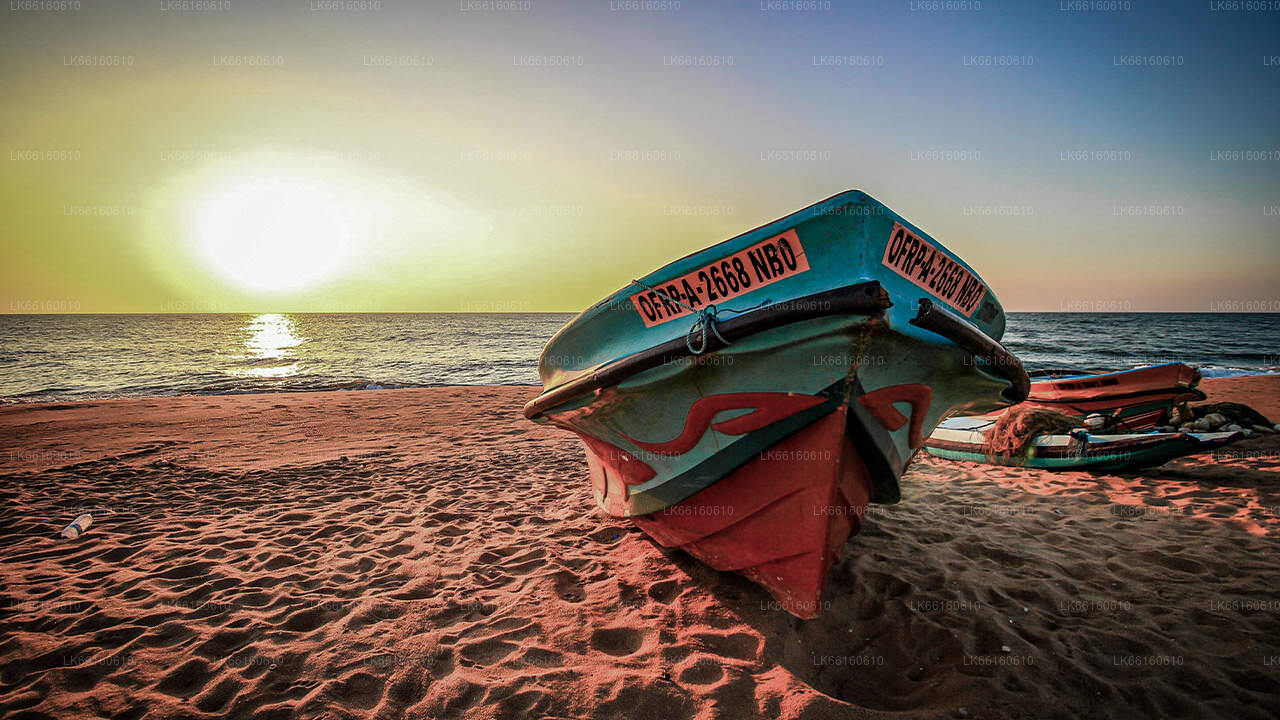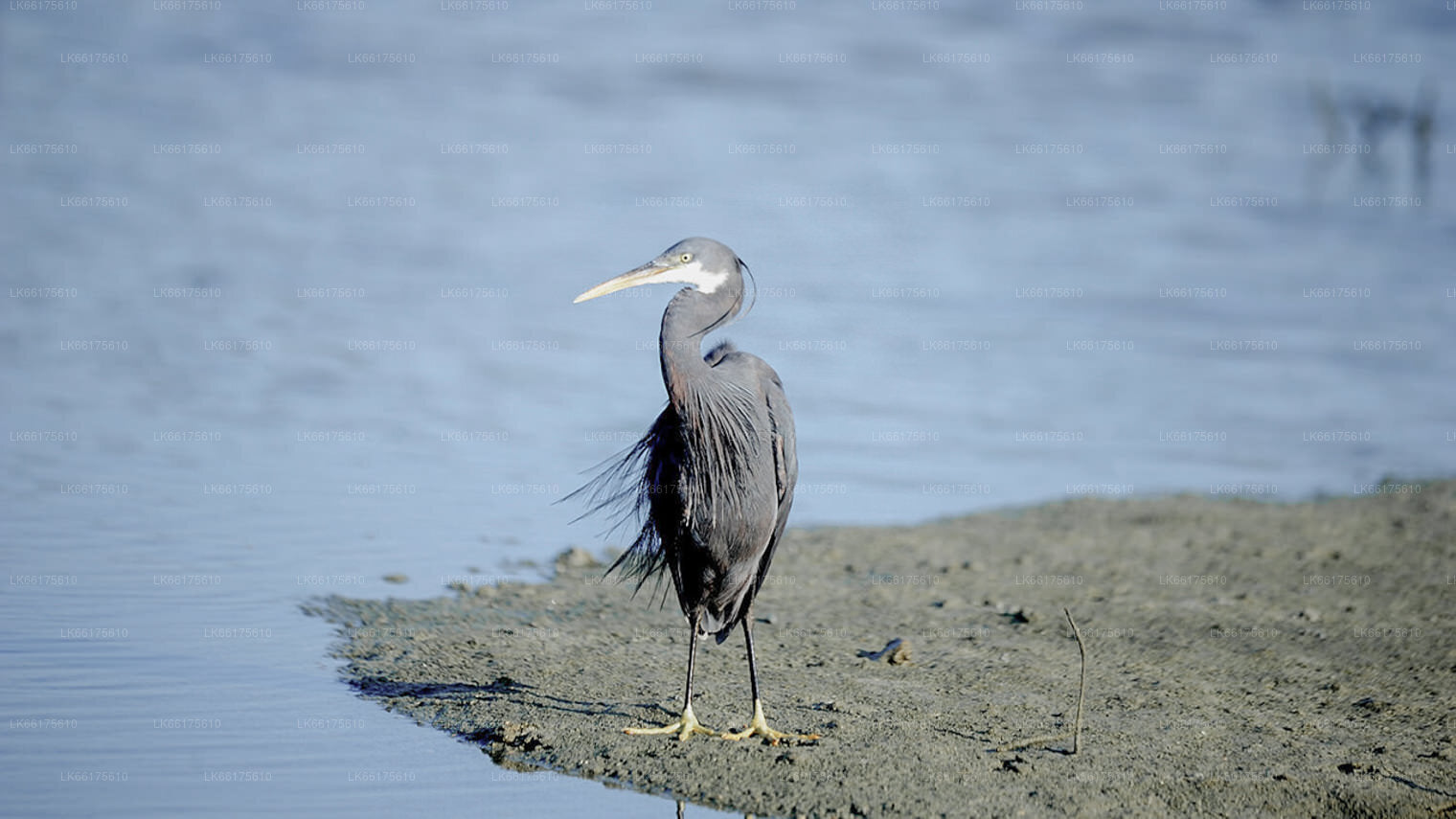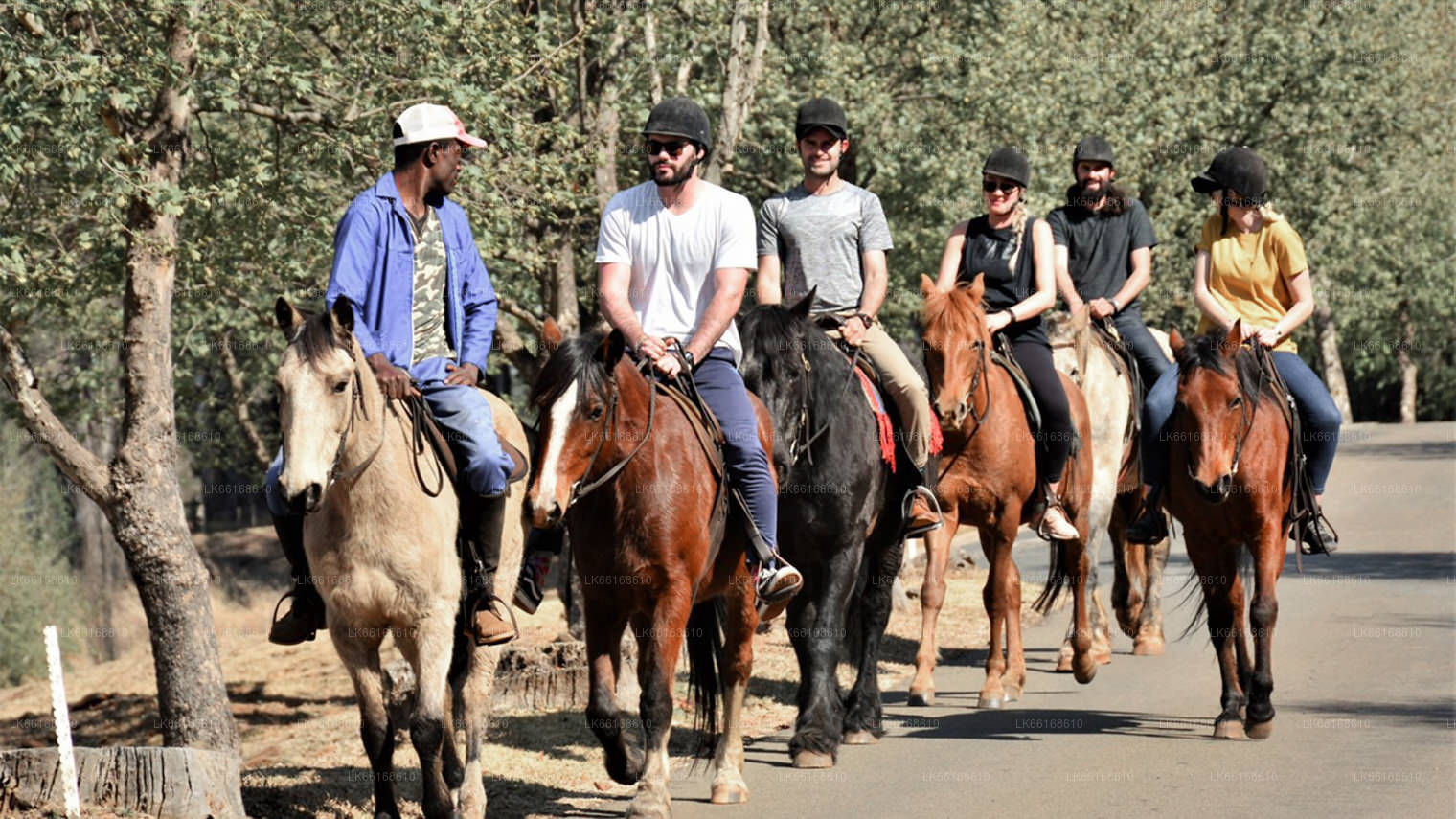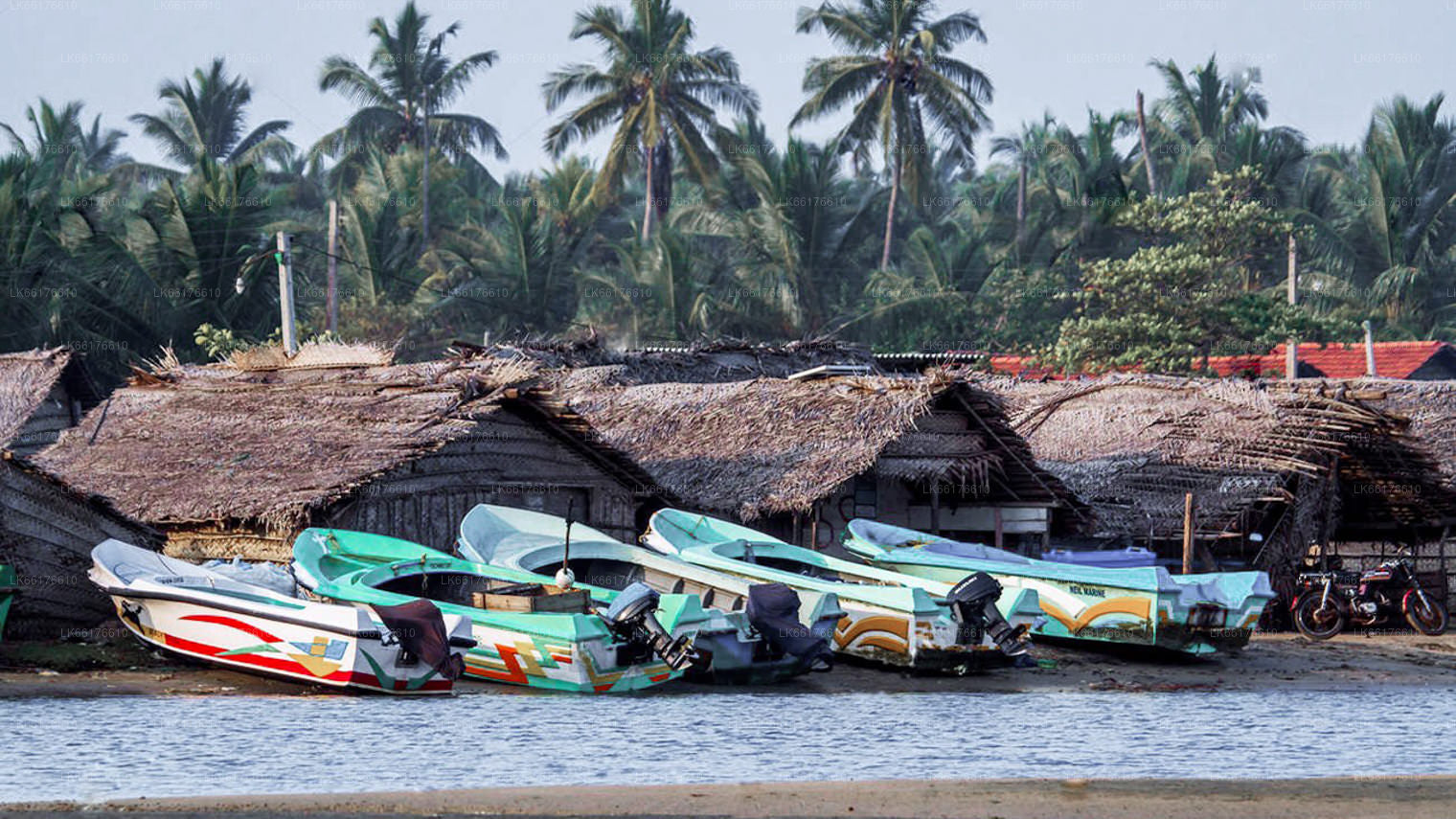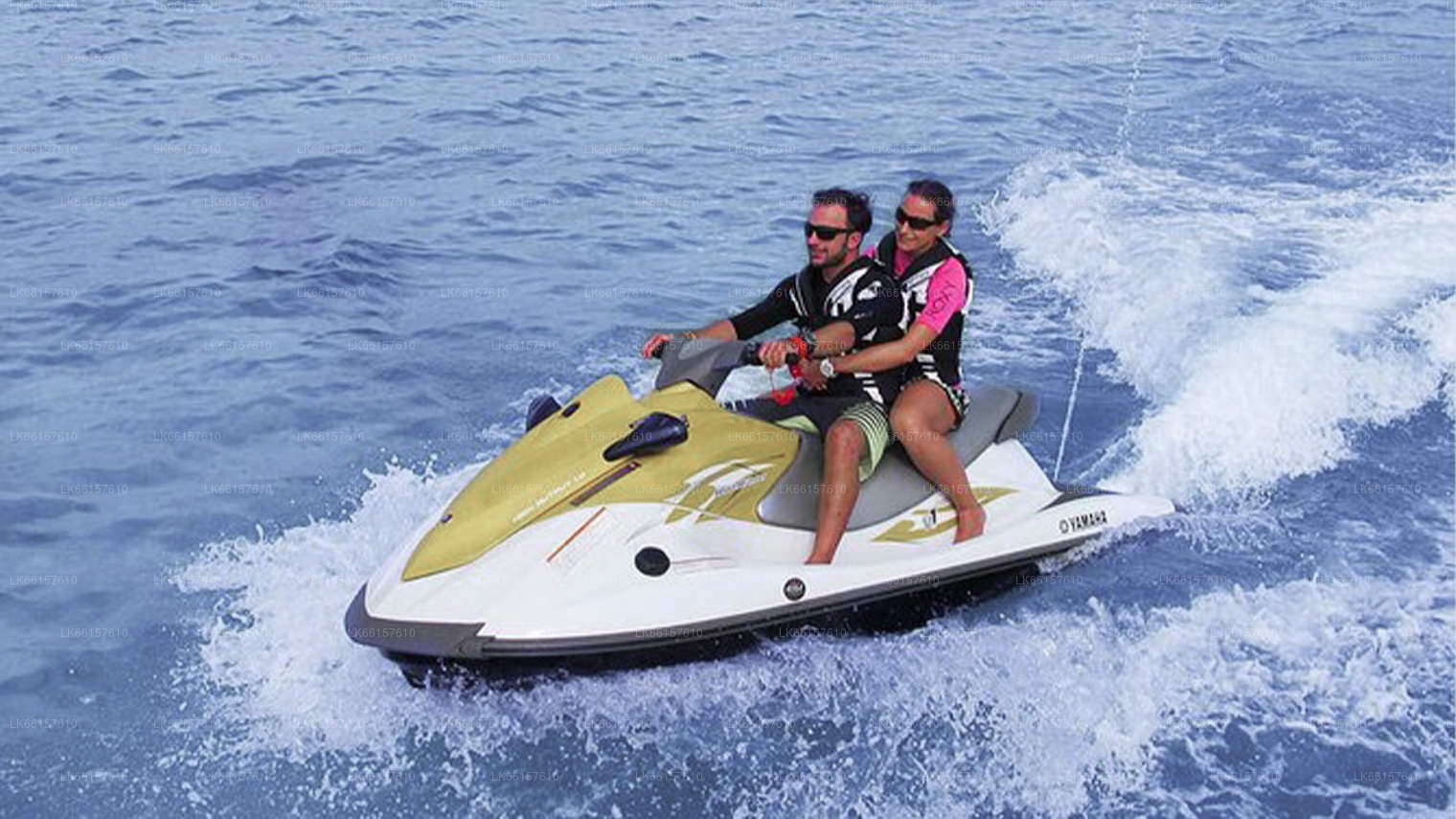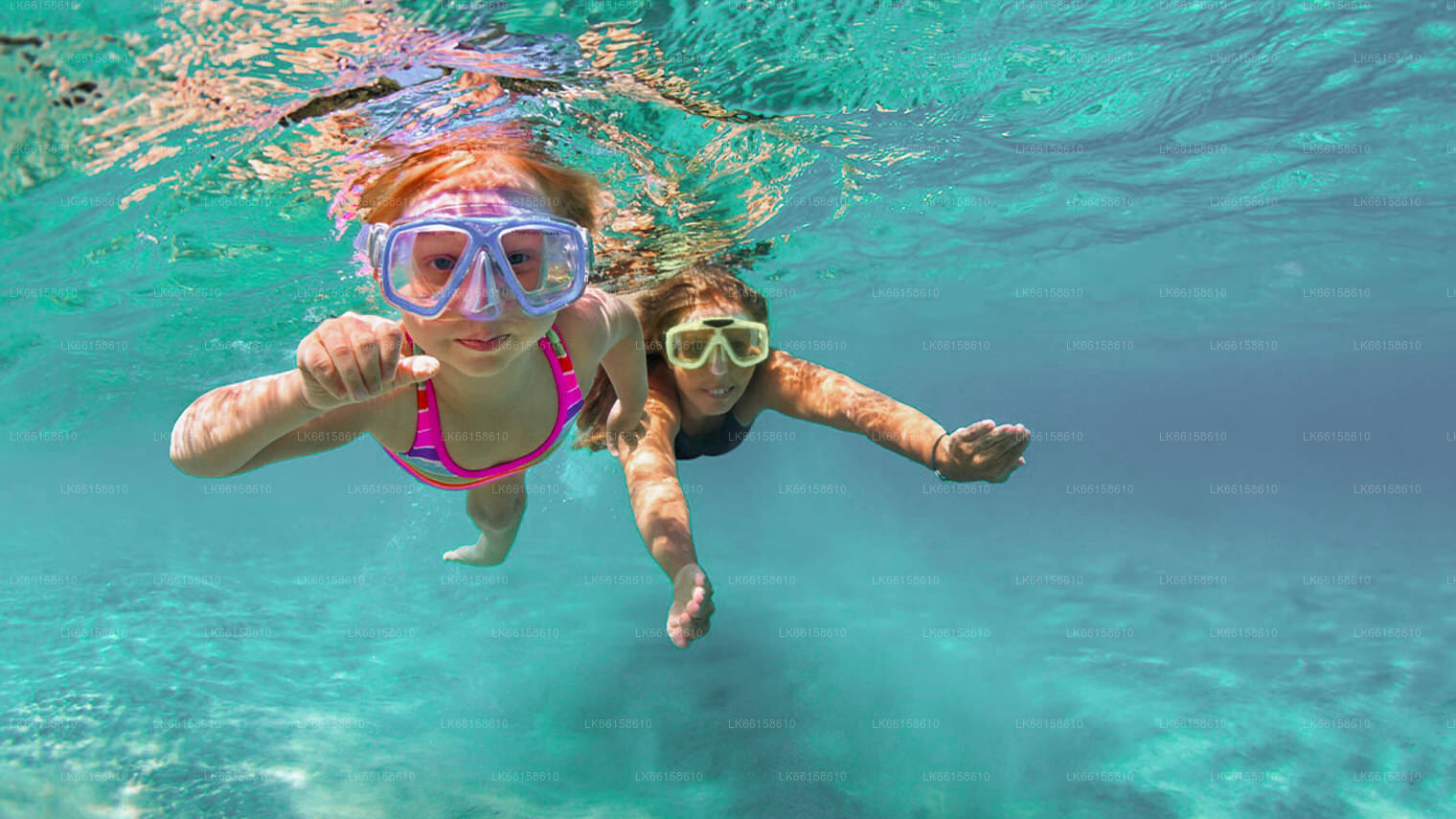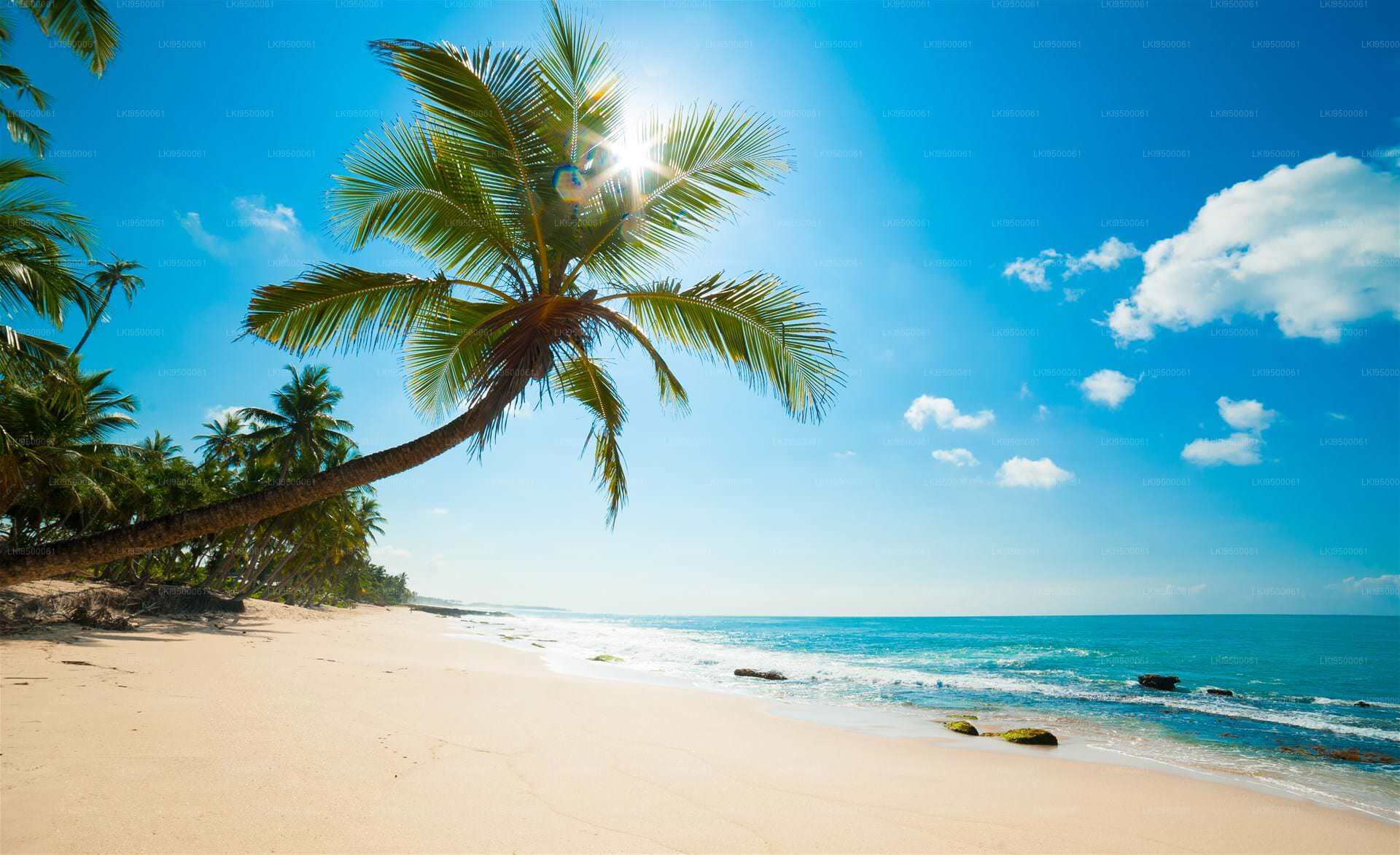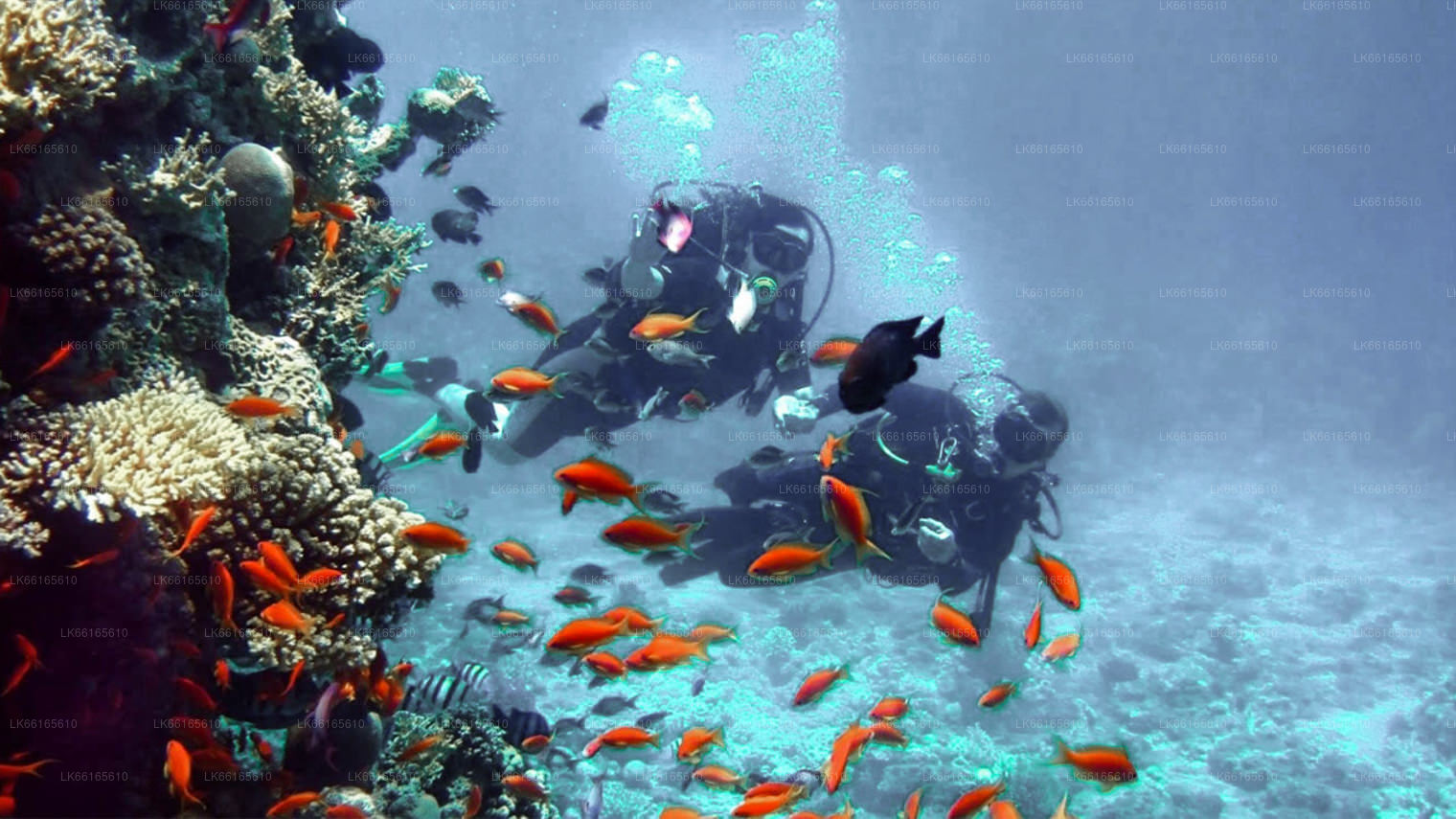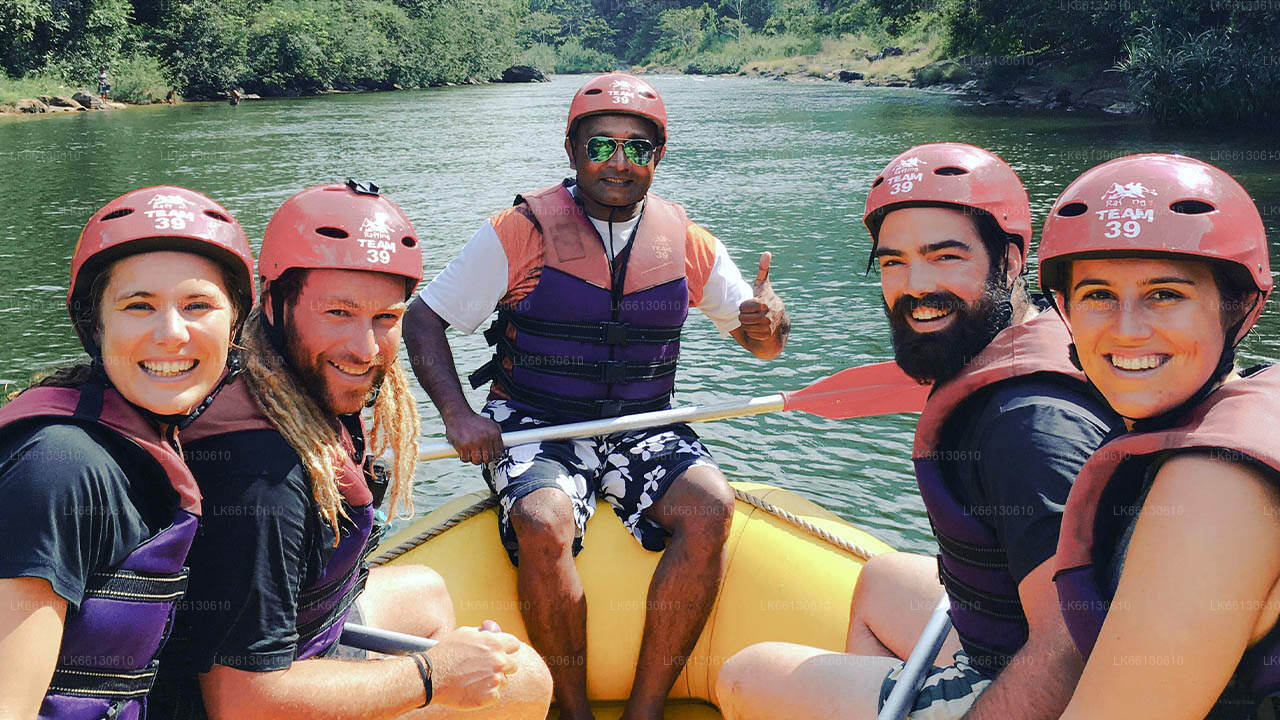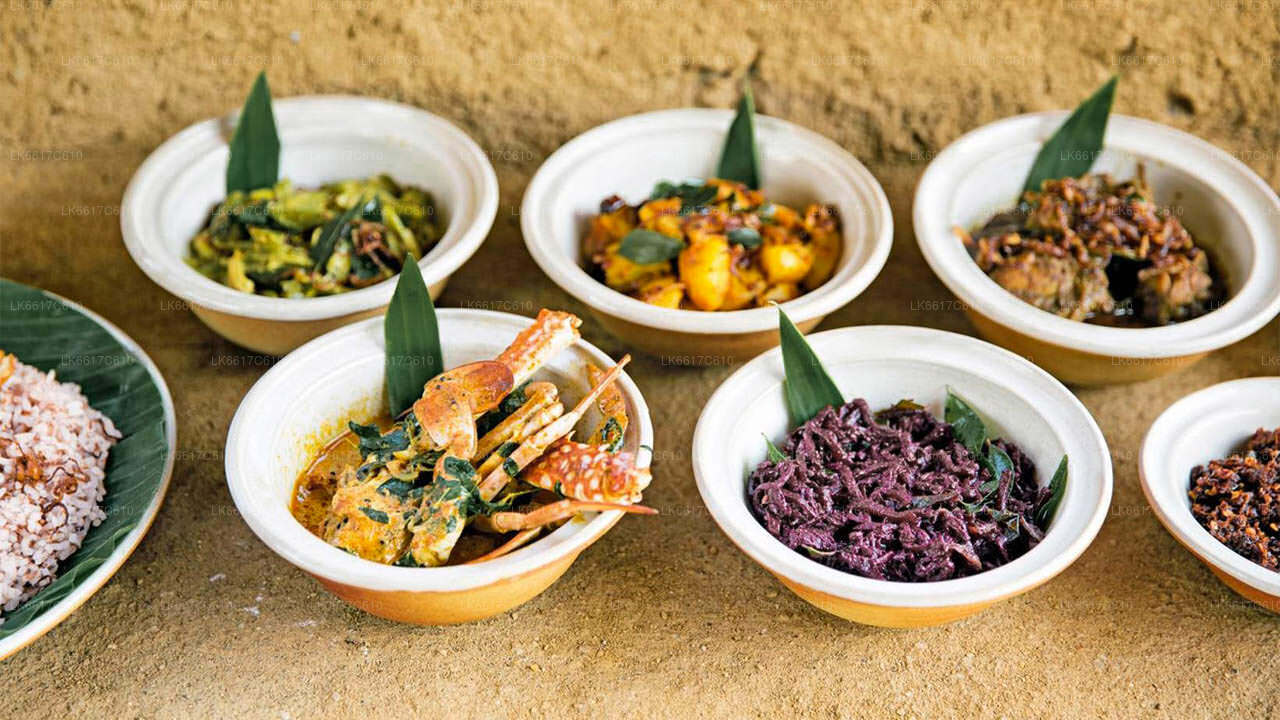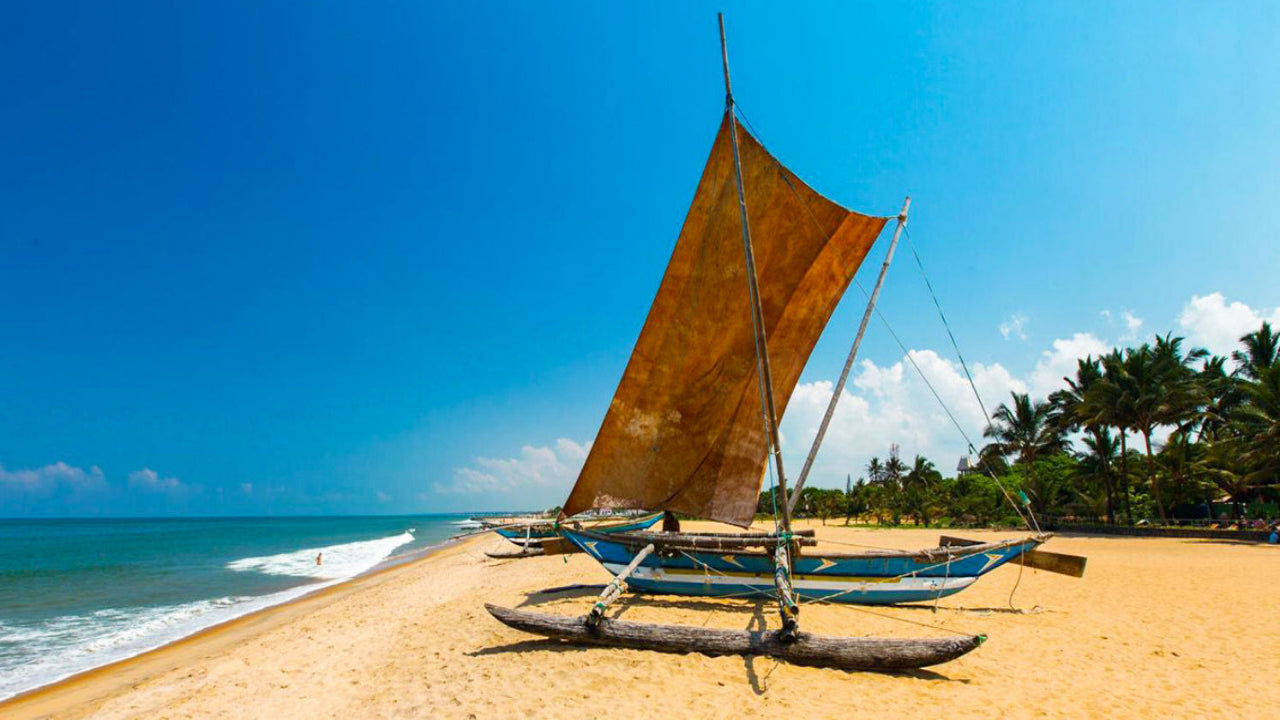
尼甘布市
尼甘布是斯里兰卡的一座海滨城市,将文化遗产与海滨魅力完美融合。它以纯净的海滩、荷兰运河和熙熙攘攘的鱼市而闻名,更有精彩的短途旅行和宁静的寺庙吸引着游客。每一次造访,都能感受到尼甘布丰富多彩的魅力。
Hamilton Canal
The British Agent of Revenue and Commerce in 1802, Garvin Hamilton. started a new canal to the east of the earlier cut canal by Sinhalese king and the Dutch. This canal was meant to link the Dutch canal by a series of parallel canals designed to drain the Muturajawela. what happened was the opposite as the high tide brought salinity not only from the Negambo lagoon but also the Kelani river. Thus the Hamilton Canal was born, named after Garvin Hamilton and stretching 14.5km from Colombo to Negombo.
Hamilton Canal in Sri Lanka: History
During the 15th Century under the rule of King Vira Parakramabahu VIII, the Negombo lagoon served as the main seaport for trading in cinnamon and other commodities. It was this king, in keeping with superior economic considerations, to facilitate access and transport, who began constructing the canal.
Having established Colombo as their capital the Dutch tried to grow paddy in the Muthurajawela marshes, but found, as the kings had done before them, that changing tides inundated the fields with sea water. Therefore, around the 18th century, the Dutch set up the structures, dams and water cuts which enhanced and developed the old system of waterways to siphon out salt water from the fields and transport cinnamon in barges to the nearest port. Thus, the canals formed a “continuous line of waterways between ports and the remote sections of territory under the Dutch” (Brohier).
The canals which meander through the city of Colombo and its suburbs, connect the Kelani River to Puttalam in the North, through the Negombo and Chilaw lagoons, with a cut across to Kalpitiya. The connection to Kalutara and Beruwela in the South is through the Kotte Lake, Kirillapone, Dehiwela and Nedimale canals to Bolgoda Lake and then to the Kalu Ganga. Canals were also constructed in Galle and Matara for the transport of goods, floating timber down from forests and as a flood control measure, while the coast North and South of Batticaloa was one of the oldest routes developed.
The interconnecting Colombo-Negombo canal was of great significance. Although generally called the “Dutch Canal”, the Netherlanders probably just repaired or deepened it. A Portuguese Father, Manoel Barradas describes how “near Colombo the Fathers embarked on a Canal by which they entered the River Calane , and going down the River they proceeded into another Canal as narrow and shady”; and so travelled to Negombo.
Between 1802 and 1804, when the Island was under British control, a new Colombo-Negombo canal was built, conceived by Garvin Hamilton, British Agent of Revenue and Commerce. Hamilton Canal ran west of the old Dutch Canal, quite close to the sea, from the mouth of the Kelani Ganga at Hekitta to the southern edge of the Negombo Lagoon at Pamunugama, a distance of 14.5 km.
Hamilton Canal in Sri Lanka: Refurbishing project and Modern Standards
The refurbishing project of the Hamilton Canal in Sri Lanka covered not only the distance from the Kelani Ganga to Negombo Lagoon, but also the nine-kilometre stretch from Negombo town to the Maha Oya, which constituted the first stage. This ambitious project, which is spearheaded by Minister Basil Rajapaksa, under the Ministry of Economic Development’s Tourism Resources Dev
加姆珀哈区
加姆珀哈是斯里兰卡的一个城市,也是西部省加姆珀哈区的首府,位于科伦坡北部。加姆珀哈区与科伦坡主要以克拉尼河为界。加姆珀哈镇位于科伦坡-康提公路上,距离米里斯瓦塔约4公里。加姆珀哈周围环绕着雅卡拉镇、米里斯瓦塔镇、韦利韦里亚·乌杜甘波拉镇和贾埃拉镇。
“加姆珀哈”在僧伽罗语中的字面意思是五个村庄。这五个村庄分别是伊哈拉嘎玛村 (Ihalagama)、帕哈拉嘎玛村 (Pahalagama)、梅达嘎玛村 (Medagama)、帕蒂亚嘎玛村 (Pattiyagama) 和阿鲁特嘎玛村 (Aluthgama)。
西部省
西部省是斯里兰卡人口最稠密的省份。立法首都斯里贾亚瓦德纳普拉和国家行政及商业中心科伦坡都位于此地。西部省分为三个主要区:科伦坡区(642平方公里)、加姆珀哈区(1386.6平方公里)和卡卢特勒区(1606平方公里)。作为斯里兰卡的经济中心,所有主要的本地和国际企业都在此设有办事处,所有主要的设计师和商业街零售商也都在此设立,所以准备好在西部省尽情享受购物的乐趣吧。
西部省是斯里兰卡人口最多的省份,岛上几乎所有顶尖的教育机构都位于西部省。该省的大学包括科伦坡大学、斯里贾亚瓦德纳普拉大学、凯拉尼亚大学、斯里兰卡开放大学、斯里兰卡佛教和巴利语大学、约翰·科特拉瓦拉将军国防大学和莫拉图沃大学。西部省拥有全国最多的学校,包括国立学校、省立学校、私立学校和国际学校。




